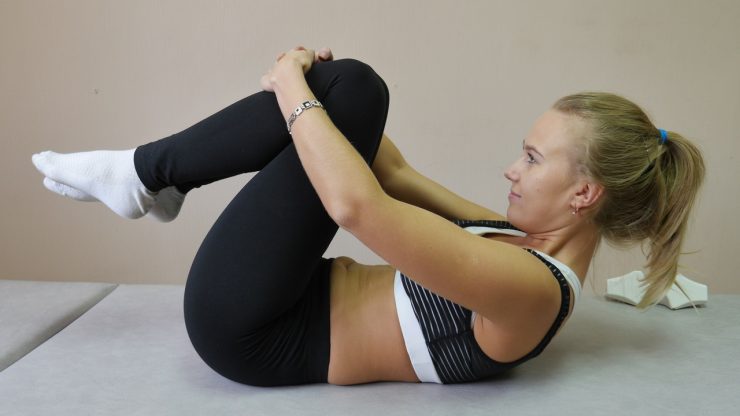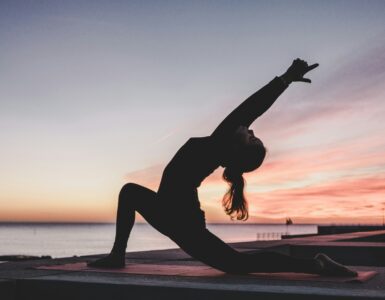An increasingly popular workout regimen, Pilates involves movements and breathing techniques that help people get in shape and recover from injuries. There are major health benefits of pilates as the exercises are “designed to stretch, strengthen and balance the body,” according to the Pilates Method Alliance. The discipline features elements of yoga, Zen Buddhism, and ancient Greek and Roman practices. Its creator, Joseph Pilates, focused on “centering, control, flow, breath, precision and concentration.”
Reasons to Do Pilates
A major benefit of Pilates is that it strengthens the core, meaning the muscles of the back and abdomen that support the spine. The method promotes long and lean, rather than bulky, muscles. It can improve posture, balance and range of motion.
Some people experience expanded lung capacity, greater joint function, improved bone density, less back pain, flatter stomachs and firmer buttocks. Among the practitioners are seniors seeking more flexibility, women recovering from pregnancy and athletes receiving physical therapy.
Though some experts dispute the value of Pilates, most agree that the technique is helpful in strengthening muscles and improving range of motion.
Getting Started – The Major Health Benefits of Pilates
The first steps are to warm up by stretching and relaxing the mind, then assume the “neutral-spine” position. This entails lying on the back, with hands pressed to the floor next to the torso. Knees are lifted and feet rest flat on the floor, as the body rises until the back is straight. Holding this position strengthens stomach muscles and encourages proper posture.
Types of Exercises
There are hundreds of routines from which to choose. To perform a common exercise known as the hip roll, a person slowly rotates the pelvis and lifts the spine, then inhales and stretches as far as possible. After exhaling, the process is repeated with the pelvis turned in the other direction. The payoff can be stronger muscles in the spine, abdomen and hamstrings.
Another exercise, which may enhance balance and coordination, starts on a mat with the hands and feet flat on the floor. The back is in the neutral-spine position as the person repeatedly inhales and exhales. At the same time, one arm is raised and stretched, while the leg on the opposite side is lifted and pointed backward. The process continues using the other arm and leg.
To do a spine twist, lie on the stomach, bend the elbows and press the palms to the floor under the shoulders. Lift the head and look forward, then inhale and rotate the spine to reach upward with one arm. Exhale and drop the arm under the body. Repeat by rotating the spine in the other direction and raising the other arm. This stretches muscles in the back and chest.
Among other options, which target various muscles, are chest lifts, roll-ups, side kicks, one-leg circles, head nods and knee folds. Some types of Pilates involve resistance equipment, exercise balls or other equipment. However, most workouts require nothing more than a flat surface.
Balancing Mind and Body – The Major Health Benefits of Pilates
Joseph Pilates stressed the principle of “body awareness,” which he defined as “how to train the mind and build symmetry and coordination in the body.” He was interested in how people move, stand and sit, as well as their mental attitude while doing so.
Physical trainer Kristen McGee explained in a blog for The Huffington Post: “The mind/body connection is so pronounced in the Pilates method that it is imperative a student uses imagery and his or her concentration to make sure they are initiating the moves from the right place.”




